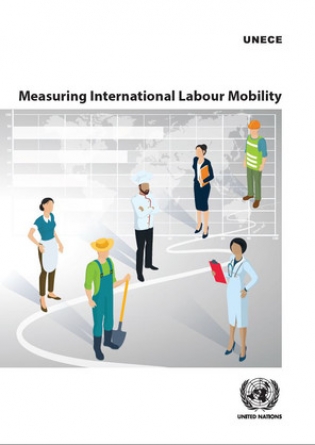Measuring International Labour Mobility

The world is becoming more interconnected, with an acceleration in the movement of information, capital, goods, services and people across international borders. As it becomes easier to travel and work in other countries – especially in common market areas such as the European Union – the expansion of international labour mobility has become a topic of growing policy importance.
International labour mobility cuts across economic, social and demographic domains, creating a need to harmonize the concepts that underpin its measurement, to develop country practices, and to improve comparability of international statistics on the topic.
This publication, developed by a task force of experts from national statistical offices, provides an overview of the ways that international labour mobility is measured. Four case studies, from Israel, Italy, Mexico and Norway, provide more detail on labour mobility in specific national contexts. The publication recommends principles of best practice for measuring international labour mobility, and proposes areas for future development.
The publication is designed to guide national statistical offices and other producers of migration statistics, while also offering users an insight into the production of the migration statistics they use.